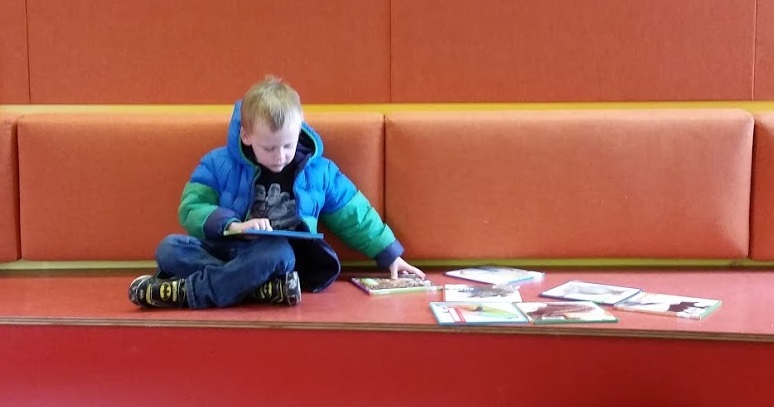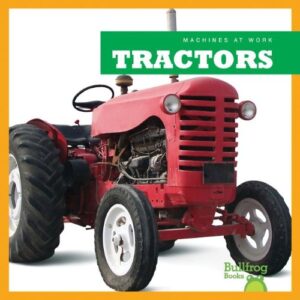By Jamie H.
More wonderful picture books for readaloud come out every month, so many it’s hard to keep up–and that’s in addition to beloved works from decades past. Even so, limiting yourself to the picture book section when choosing storytime books or recommending titles to little customers would be a serious error. Include nonfiction: It’s good for them and they like it.
Why Nonfiction?
The information contained in nonfiction is important for reading skills. A variety of studies show a strong connection between background knowledge and reading comprehension. It’s not enough to have decoding skills; kids need prior knowledge they can build on for understanding novel texts. Including nonfiction in storytime not only bolsters the knowledge of your attendees, it also provides a model for caregivers.
So it’s good for them. But equally importantly, some kids will find that nonfiction is their first reading love. I spent the last year sharing in the reading journey of a kindergarten boy who was simply left cold by the entire beginning reader section. Elephant and Piggie? No thanks. Mr. Putter and Tabby? Zzzzz. Ballet Cat? Mommy, please stop. He wanted only nonfiction, preferably about terrifying animals. And the only way he was ever going to develop reading fluency was a constant supply of it. Including nonfiction in your storytimes or in your reader’s advisory suggestions will help ensure that little nonfiction lovers find the books that they’ll love when they get down the business of learning to read.
Five-year-old boy seated on bench with several books.Five-year-old boy seated on bench with several books.

How?
One way to incorporate nonfiction in storytimes, especially for preschoolers, is to create book pairings. I might choose a nonfiction book about black bears and pair it with Jonathan Bentley’s wonderful Where Is Bear? Or a nonfiction book about tractors or trains with any number of great picture books.
Finding nonfiction books that work for toddlers and preschoolers can admittedly be a challenge. At the library where I work, the nonfiction section is generally intended for “ages 6-12” and many books are dense with text. One simple workaround is to just show a few pictures–from a DK Eyewitness book, say–and talk about them, rather than trying to read the words.
Another is to have some go-to series that have limited words per page and large pictures. I like this option because it also empowers caregivers. At my last storytime, when I read a book about black bears, a caregiver told me her son likes things that go and asked if that same series might have books on, say, tractors or trains. (Yes, it does!)

My storytime friends enjoying showing off their knowledge by pointing and yelling “bear” for each page.

One of my personal favorites is Bullfrog Books’ Machines at Work series. (The wild animal books have a lot of appeal to some early elementary readers, but they can be a trifle kill-or-be-killed for toddler storytime.) Pebble Plus is another wide-ranging series with big pictures and few words. Nonfiction geared at kids who are learning to read tends to work well for storytime for just this reason–with the added bonus that it might be useful for families who are about to transition to kindergarten and learning to read.
Do you use nonfiction in storytime? Do you have favorite titles or favorite series? Hop on over to our Facebook page and discuss it with us!
